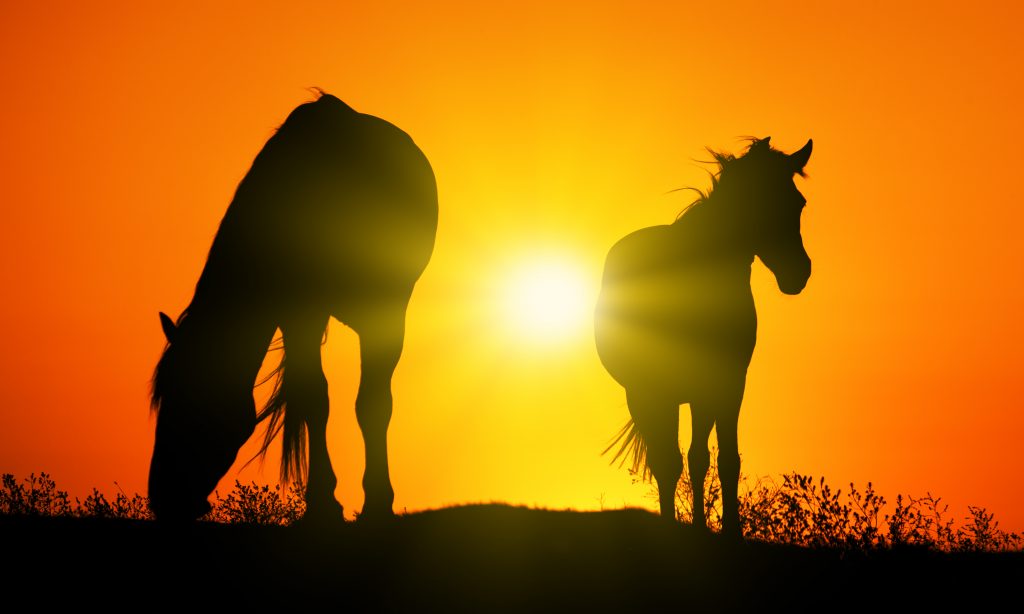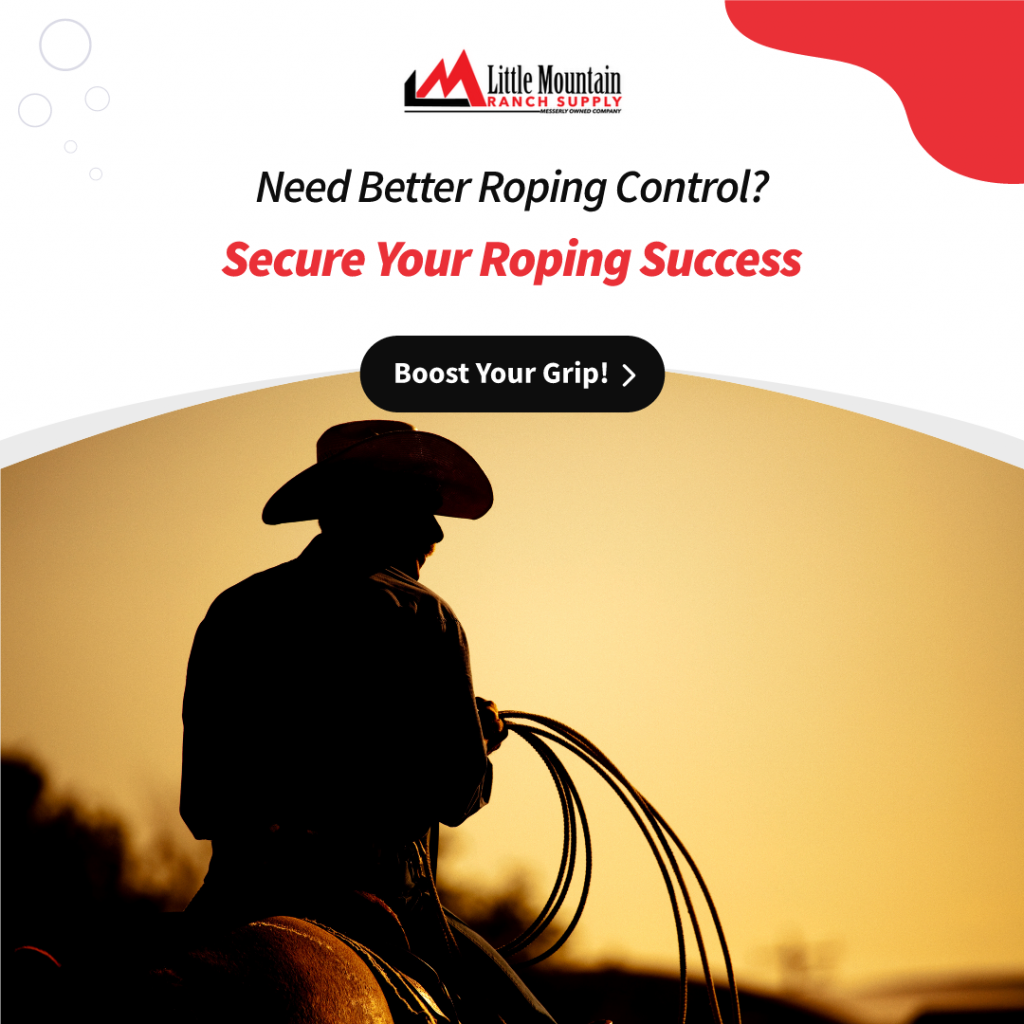
There’s something timeless about the sound of hooves pounding the dirt, the cheers of the crowd, and the sight of young riders giving it their all in the arena. For many families, junior rodeo isn’t just a sport—it’s a way of life, a tradition that brings the family closer while teaching kids lessons they’ll carry forever. If you’ve been thinking about getting your child started in junior rodeo, this guide will walk you through the basics and help you saddle up for success.
What is Junior Rodeo?
Junior rodeo is the perfect introduction to the world of rodeo for young riders. It’s more than a competition—it’s a place where kids can learn responsibility, build confidence, and embrace the Western lifestyle. With events tailored to various age groups and skill levels, junior rodeo is as accessible as it is thrilling.
Here are a few of the most popular events your child might encounter:
• Mutton Busting: Perfect for younger kids, this crowd favorite involves riding a sheep for as long as possible. It’s a fun and manageable introduction to rodeo.
• Barrel Racing: Speed and precision are the name of the game as young riders race their horses around three barrels in a cloverleaf pattern.
• Pole Bending: Similar to barrel racing, this event challenges riders to weave their horses between poles, testing agility and control.
• Goat Tying: Kids dismount their horse, grab a goat, and tie its legs—a great way to practice roping skills.
• Team Roping: For more experienced juniors, this event pairs two riders to work together in roping a steer.
With so many options, there’s an event to suit every child’s interests and abilities.
The Gear You’ll Need to Get Started
Getting started in junior rodeo requires more than just a cowboy hat and boots. Having the right gear not only keeps your child safe but also gives them the confidence to perform their best. At Little Mountain Ranch Supply, we understand the importance of high-quality equipment, which is why we stock everything you need to hit the ground running.
Essential Gear for Junior Rodeo
• Saddles: A properly fitting saddle is key. Look for one designed specifically for junior riders, offering both comfort and stability.
• Ropes: Whether it’s goat tying or team roping, a durable, easy-to-handle rope is a must.

• Safety Gear: Helmets, gloves, and protective vests help ensure your child stays safe while they learn the ropes (literally).
• Boots: A good pair of riding boots provides grip, support, and protection.
• Clothing: Comfortable, durable jeans and Western shirts are a rodeo staple.
At Little Mountain Ranch Supply, we carry gear from trusted brands, so you can feel confident your junior rodeo star has the tools they need to shine.
Beginner-Friendly Rodeo Competitions in Utah
One of the best things about living in Utah is the abundance of rodeo competitions for all ages and experience levels. Starting small and working your way up is a great way to build confidence and skills. Here are some beginner-friendly options to consider:
• Utah Youth Rodeo Association: Known for its welcoming environment, this organization hosts events across the state.
• Spanish Fork Junior Rodeo: A favorite for young riders, offering events like mutton busting and barrel racing.
• Golden Spike Junior Rodeo in Ogden: This arena provides a supportive space for first-time participants.
Attending a local rodeo before competing can be helpful. Let your child watch other kids in action to get a sense of the events and build excitement.
Tips for Parents: Supporting Your Child’s Passion Responsibly
Getting started in junior rodeo isn’t just about the kids—it’s a family commitment. As a parent, your role is to guide and support your child through this exciting journey. Here are a few tips to keep in mind:
1. Start Slow: Begin with simpler events like mutton busting or goat tying, then work up to more advanced events.
2. Focus on Fun: Remember, the goal is to have fun and learn, not to win every event. Encourage effort over results.
3. Stay Involved: Take an active role in practices and competitions. Rodeo is a great way to bond as a family.
4. Emphasize Safety: Always ensure your child has the proper safety gear and understands the importance of staying safe.
5. Teach Resilience: Rodeo comes with ups and downs. Teach your child to embrace the lessons from every ride—whether it’s a victory or a fall.
The camaraderie of rodeo families is unmatched, so don’t be afraid to connect with others at events. The rodeo community is full of people eager to help newcomers find their footing.
Why Junior Rodeo is Worth It
Junior rodeo isn’t just a sport; it’s an experience that teaches life lessons. It instills responsibility, builds work ethic, and fosters a love for animals and the Western way of life. Watching your child grow into a confident, skilled rider is one of the most rewarding experiences a family can share.
Saddle Up with Little Mountain Ranch Supply
At Little Mountain Ranch Supply, we’re here to help you every step of the way. From high-quality saddles to durable ropes and safety gear, we’ve got everything you need to get started in junior rodeo.
Stop by our store today and let us outfit your junior rodeo star for success. Together, we’ll help you create memories that last a lifetime.
With the right gear, guidance, and a touch of determination, your child can thrive in the world of junior rodeo—and your family can enjoy the incredible journey together.
What Kind of Costs Are Involved in Junior Rodeo? How to Competitively Thrive in This Sport
Getting into junior rodeo is an exciting journey, but like any sport, it comes with its share of costs and commitments. To thrive competitively, you need not only the right financial investment but also the dedication, strategy, and resources to support your child’s passion and potential. Below, we’ll break down the costs involved and how families can give their junior rodeo stars a competitive edge in the arena
1. Costs Involved in Junior Rodeo
A. Entry Fees and Memberships
• Entry Fees: Most events charge an entry fee per competition. These fees can range from $25 to $100 per event, depending on the rodeo and the category.
• Association Memberships: Many rodeos require participants to be members of an organization like:
• Utah Youth Rodeo Association: Membership costs can range from $50 to $200 annually.
• National Little Britches Rodeo Association (NLBRA): Fees can vary by region but often include a family membership option.
B. Gear and Equipment
Getting started in rodeo means investing in high-quality gear that ensures safety and performance. Here’s what you can expect:
• Saddles:
• Cost: $500–$3,000 (depending on brand and size).
• Saddle fit is crucial for young riders to maintain comfort and control.
• Ropes:
• Cost: $30–$70 per rope.
• Ropes wear out with frequent use, so replacements may be needed often.
• Protective Gear:
• Helmets: $50–$300 (a must-have for young riders).
• Vests: $100–$300 for protective rodeo vests.
• Gloves: $10–$50 for grip and safety.
• Boots:
• Cost: $80–$250.
• High-quality, well-fitted boots are essential for safety and performance.
• Clothing:
• Jeans, Western shirts, and cowboy hats: $20–$100 per item.
• Other Essentials:
• Spurs, halters, and grooming supplies can add up to $200–$500 annually.
C. Horse-Related Expenses
If your child is riding a horse, this is often the most significant cost:
• Purchasing a Horse:
• Beginner horses: $5,000–$15,000.
• Competitive rodeo horses: $15,000–$50,000 or more.
• Horse Feed and Care:
• Feed: $150–$300/month.
• Hay, supplements, and grain can vary based on the horse’s needs.
• Veterinary Care:
• Annual check-ups and vaccinations: $500–$1,000.
• Emergency care or injuries can cost several thousand dollars.
• Shoeing and Hoof Care:
• Regular farrier visits: $50–$150 per visit (every 6–8 weeks).
• Boarding (if needed):
• Boarding fees can range from $300–$1,000/month, depending on facilities and services.
• Transportation:
• Horse trailers: $5,000–$50,000.
• Fuel for transporting horses to competitions.
D. Training and Lessons
• Private Lessons:
• $50–$100/hour for one-on-one coaching.
• Regular lessons are key to improving skills and building confidence.
• Clinics and Camps:
• Weekend clinics: $200–$500.
• Multi-day rodeo camps: $500–$1,500.
• Practice Arena Costs:
• Arena rental for practice: $25–$50/hour (if you don’t have access to a personal arena).
• Building and maintaining a backyard arena can cost $10,000–$30,000.
E. Travel Expenses
• Fuel and Lodging:
• Rodeo competitions often require long-distance travel. Families spend on gas, hotel stays, and meals.
• Estimated cost: $200–$800 per trip.
• Event Fees for Spectators:
• Parents and family members attending events may need to pay spectator fees ($5–$20 per person).
F. Optional Extras
• Professional Photography and Videography:
• $50–$300 for action shots of your child in the arena.
• These are great for memories and marketing your child’s skills if they aim for sponsorships.
• Rodeo Sponsorships:
• Costs for promotional materials (banners, shirts, etc.) if you’re seeking local business sponsorships.
2. How to Competitively Thrive in Junior Rodeo
A. Invest in High-Quality Gear
• Quality equipment can make a huge difference in performance and safety.
• Look for reputable brands and ensure all gear fits properly.
• Little Mountain Ranch Supply offers durable and affordable rodeo gear tailored to junior competitors.
B. Prioritize Training and Practice
• Consistent practice builds skills and confidence. Schedule regular lessons with experienced coaches.
• Focus on mastering the basics before moving to advanced events.
• Consider building a practice arena at home for convenience.
C. Attend the Right Events
• Start with beginner-friendly rodeos to help your child gain experience.
• Compete locally before traveling to larger, more competitive events.
• Build a competition calendar with a mix of learning opportunities and challenges.
D. Build a Support Network
• Rodeo families are some of the most supportive communities. Connect with other parents, trainers, and competitors for advice and camaraderie.
• Attend clinics, workshops, and camps to meet others in the rodeo world.
E. Maintain Your Horse’s Health
• A healthy, happy horse performs better.
• Schedule regular vet check-ups, provide a balanced diet, and ensure proper hoof care.
F. Focus on Mental Resilience
• Teach your child that rodeo is about growth, not just winning.
• Emphasize sportsmanship, hard work, and learning from every ride.
G. Explore Sponsorships and Fundraising
• Local businesses and community organizations are often willing to sponsor junior rodeo competitors.
• Hold fundraising events to help cover costs, such as bake sales or car washes.
3. Why Junior Rodeo is Worth the Investment
Junior rodeo is more than a sport—it’s a way of life that teaches discipline, resilience, and a love for tradition. The skills your child learns in the arena will benefit them for years to come, both on and off the ranch. Every dollar spent is an investment in their growth, confidence, and character.
Little Mountain Ranch Supply is Here to Help
At Little Mountain Ranch Supply, we understand the challenges and rewards of junior rodeo. That’s why we offer top-quality saddles, ropes, boots, and safety gear to help your family succeed—without breaking the bank.
Stop by today to gear up for your next rodeo adventure and let us help you make your child’s dreams a reality. Together, we’ll ensure your family thrives in the exciting world of junior rodeo!

